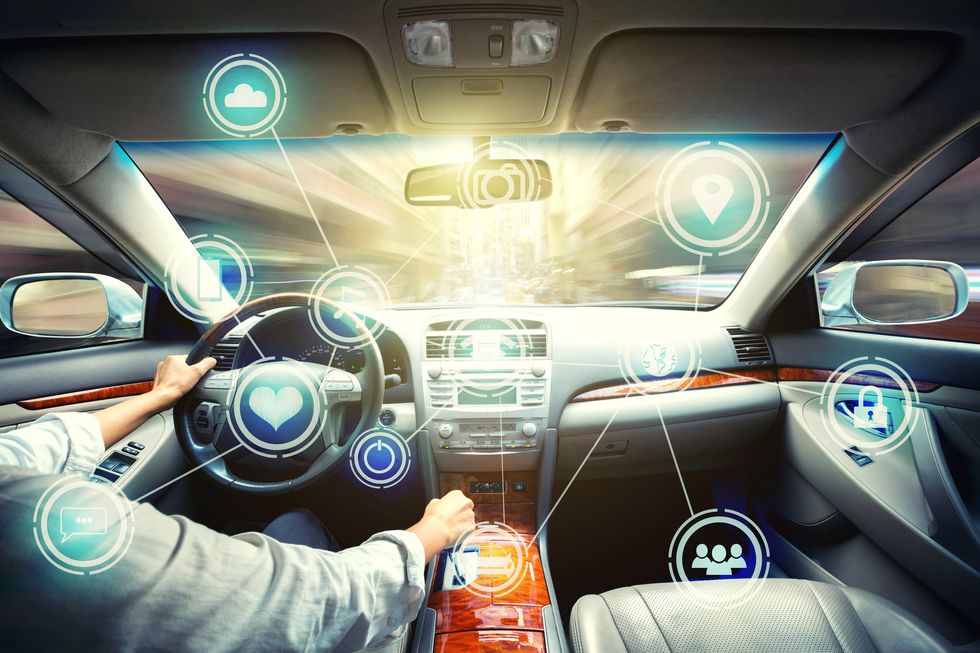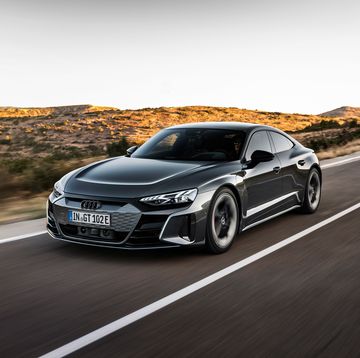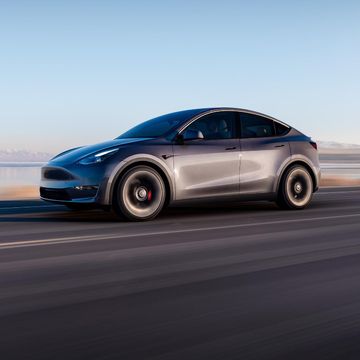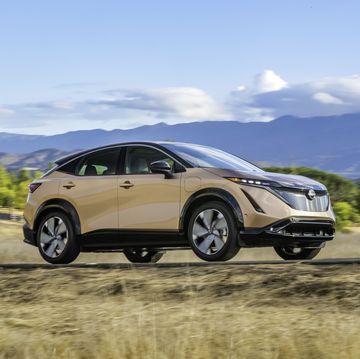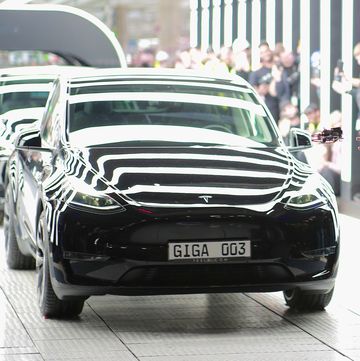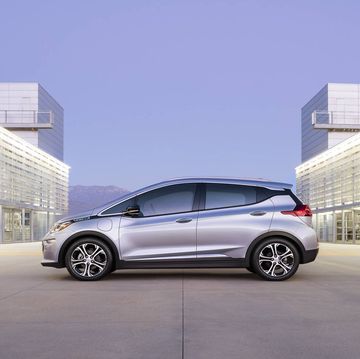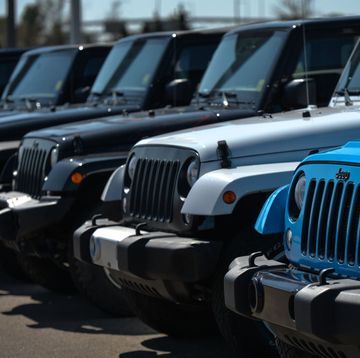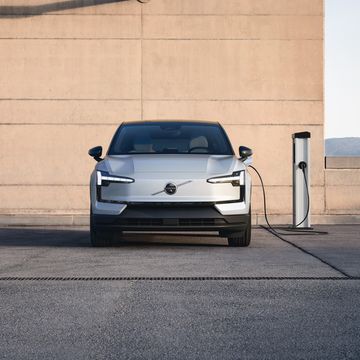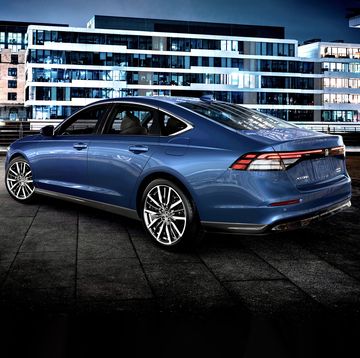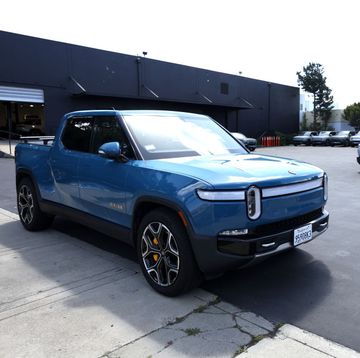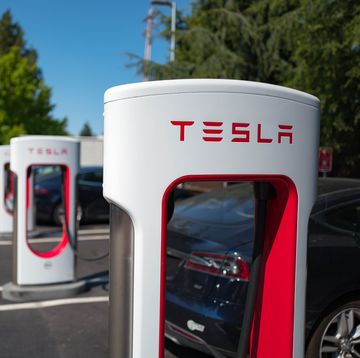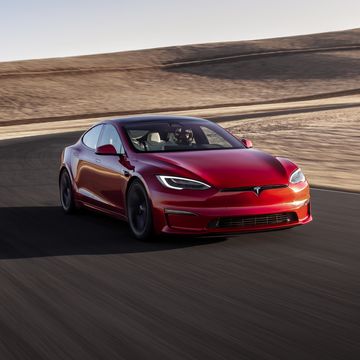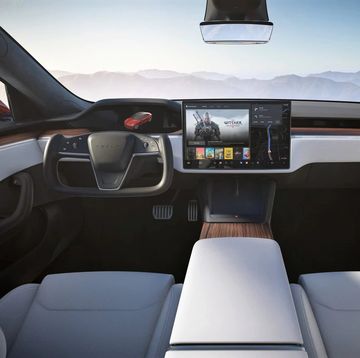- Secretary of Transportation touts the benefits of government oversight during virtual address during CES, before saying there will be more government oversight.
- Autonomous cars must continue to be scrutinized and made safe.
- The only carmaker he mentioned by name was Tesla, which has had its share of troubles with cars operating autonomously.
US Secretary of Transportation Pete Buttigieg made a virtual address to CES yesterday, playing up the role of government in making cars—and planes, trains, and even drones—safe for Americans. Buttigieg singled out autonomous cars in particular as needing government guidelines for safety. He even mentioned Tesla, which has had its share of autonomous-mode crashes, by name.
“We are witnessing the rise of electric and autonomous vehicles,” Buttigieg stated early on in his 19-minute address.
He noted the contributions of government to helping fund innovation, stating that much of the technology that makes autonomous vehicles possible—indeed, much of the technology on display all across the Las Vegas Convention Center and CES—was made possible by research supported by government funding, including DARPA.
“Technologies on which smartphones depend—microprocessors, lithium batteries, touchscreens, GPS, and most significantly, the internet itself—all were supported or even literally invented by government researchers.”
And while it may be up to independent companies to exploit those inventions, and for the government to stay out of the way of that development, it is the government’s role to keep Americans safe once products are out on the market.
“Bear in mind the public investments in automated vehicles date back decades, helping to lay crucial groundwork for the dazzling progress of innovations that are being showcased by private sector actors today, including at CES. Some of our most famous and important tech companies, including Google, Apple, and Tesla, benefited from government subsidies, loan guarantees, and or other forms of public support early in their growth,” Buttigieg said. “Government invests in pursuit of a different kind of return than what the private sector seeks—not a direct financial return on investment but benefits to the American people. And we want to get it right. It complements what business does best, which is developing great ideas and efficiently, profitably bringing them to market. Meanwhile, public investments also play a role creating the operating environment, or to use another term, the infrastructure for private inventions and operations to reach their full potential. Government didn’t invent the plane or the train or the automobile. But the government did build airports, lay tracks, and construct highways. And most importantly, good government made sure each of these innovations was safe for the people who count on them every day.”
The Secretary’s speech wended its way toward autonomous vehicles by talking about how the government made railroads safe, after they were initially fairly unsafe.
“In the late 19th century, as railroads were proliferating across the country, hundreds of passengers and thousands of rail workers lost their lives every year. So Congress passed a series of laws requiring modern safety measures like air brakes and automatic couplers for every train, which led to a sharp drop in deaths and injuries.”
Likewise, airplanes were fairly well dropping from the skies like flies before the Feds stepped in.
“When the first commercial airplanes took to the skies, hundreds of them crashed or went missing every year. So America created the FAA, the Federal Aviation Administration, and the National Air Traffic Control System. And today, flying is the safest way to travel.”
All of which led to autonomous cars and what the DOT is going to do to keep us safe from them.
“When automobiles were first invented, traffic fatality skyrocketed as new cars tore down streets once used only by pedestrians and horses. But when we passed laws requiring seatbelts, airbags, and sober driving, fatalities came down, although we still have a long way to go.”
And now with autonomous cars, the government must likewise act.
“Now, importantly, decent safety improvements didn’t just benefit the public, they ultimately helped industry as well, creating more certainty and confidence that someone could count on a very high level of safety when they weighed whether to take a job on the railroad, or purchase a plane ticket or buy a car. The lessons that we learned from each of these transportation revolutions still apply today. We shouldn’t have to wait until a new piece of technology is dangerous to the public to act. We should plan proactively to support the growth of new ideas and to make sure that Americans share the benefits. Again, consider autonomous vehicles for all their potential that also raised complicated even philosophical questions about safety, equity, and our workforce. It’s why last year we at DOT announced the standing general order that requires crash reports and information from testers, operators, and manufacturers of those vehicles so that we can identify safety concerns and collaborate to address them early. We’re also taking steps to establish new testing standards and create a National Incident Database for crashes involving AVs.”
Buttigieg took pains to not sound like he or his department wanted to quash innovation in a competitive marketplace, but just to make sure the products of that innovation aren’t dangerous.
“It’s not the job of policymakers to guess or to dictate how and when these advancements unfold. But our role in supporting, fostering, and safeguarding the work of transportation innovation is vital. And it comes in an exceptionally important time in the story of American transportation. The decade ahead will bring countless transformative changes in how people and goods move around the country and around the world. And the Department of Transportation will be there, working with innovators like those at CES to help support these patterns of innovation, and make sure these developments benefit the American people.”



